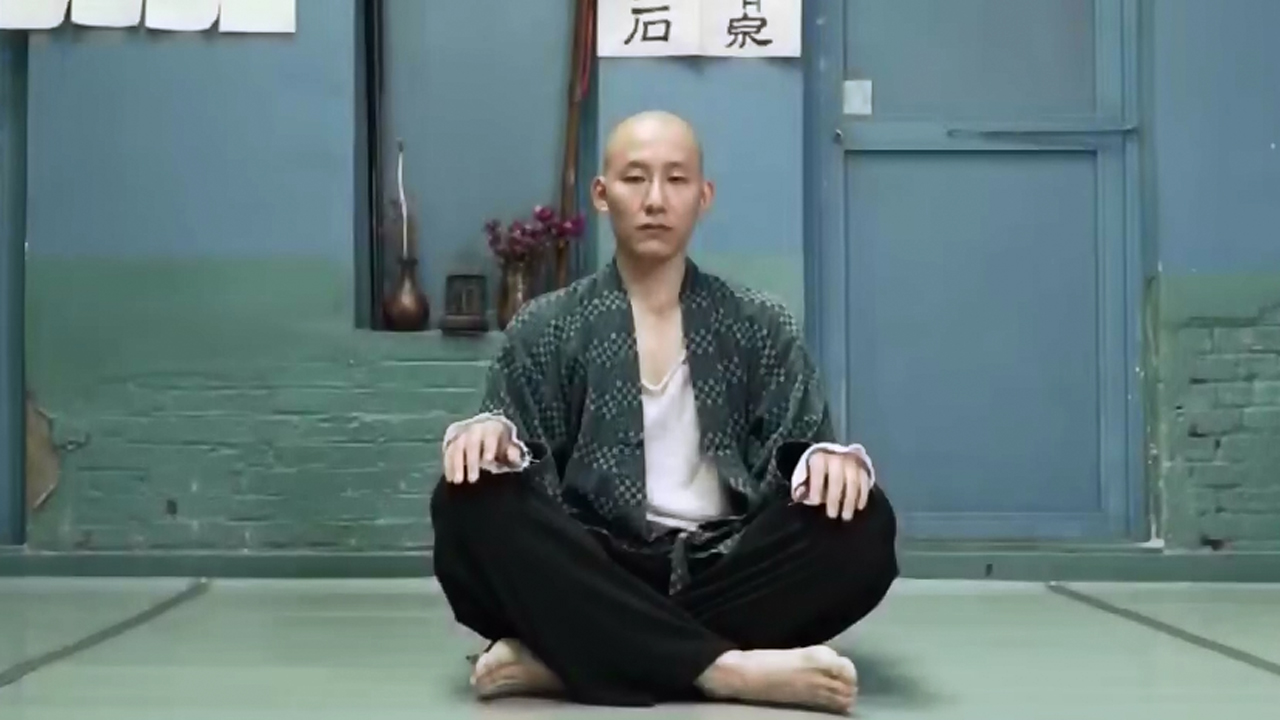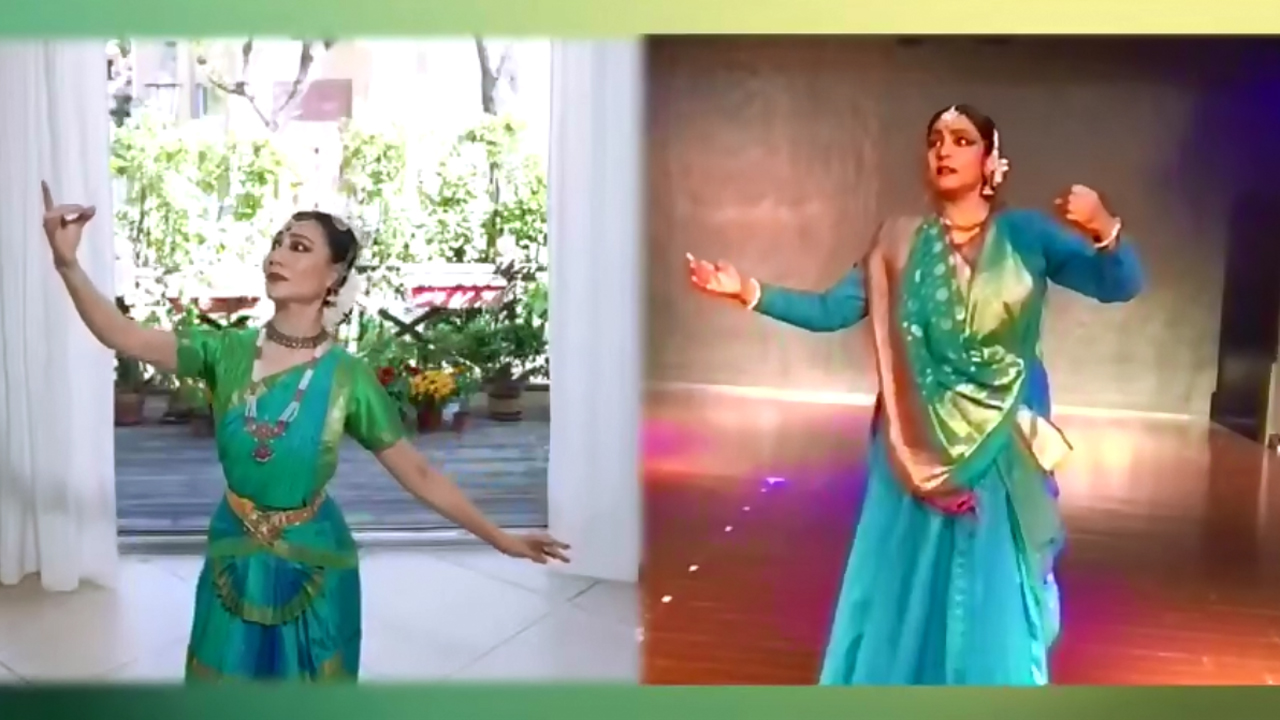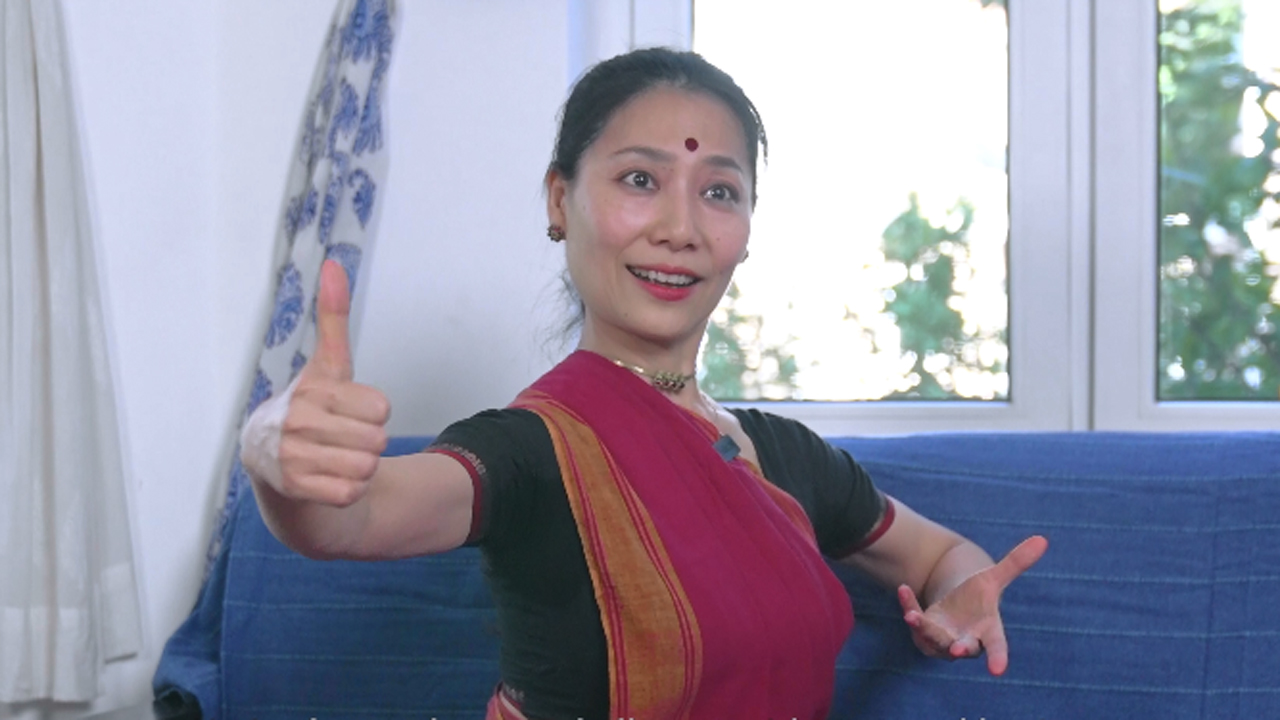Performers of Chinese and Indian classical dances appeared at The Bridge Chinese-Indian online concert on Friday, depicting pleasure, anger, sorrow and joy through various forms of artistic expression.
01:39

Chinese classical dancer Jiang Wei performed the dance Xuanzang to a mysterious oriental melody during the concert.
Xuanzang ranks among the most illustrious Buddhist figures in Chinese history, famous for his 16-year pilgrimage to India and career as a translator of Buddhist scriptures. Thus, Jiang used many squatting, kneeling and sitting gestures to express the monk's arduous journey to India.
"No matter what kind of style it is, the dance conveys a basic human feeling of pleasure, anger, sorrow and joy. These are emotions that all people share," he said.
03:06

Bharatha-natyam dancer Jin Shanshan and Kathak dancer Parwati Dutta performed the Indian classical dance Jhoolaa at the same time online. The two female dancers used different forms to convey the same feelings, to the same melody.
Jin, a veteran Indian classical dancer and teacher, described Bharatha-natyam as a narrative dance that relies on melodramatic eye and facial expressions, hand gestures and body movements to emotionally connect with the audience.
01:38

Although Chinese and Indian classical dance forms differ in style – the former features free-flowing body movements while the Bharatha-natyam dance focuses on greater flexibility and more dramatic eye and facial expressions – the substance or emotions they express are almost identical.
Unhindered by the language barriers that can plague other forms of drama and singing, dance is the most direct way to express feelings and be easily accepted by others, according to Jin.
"I think dance should be a good bridge for cultural communication and exchange," she noted.

